In the 19th century, Vietnam was in the sights of French colonialists in their plan to seize markets and expand their sphere of influence in Southeast Asia. Da Nang was considered a strategic gateway to invade Vietnam.
On September 1, 1858, the French-Spanish coalition, consisting of 16 warships equipped with the most modern weapons, all of which had great destructive power and high lethality, launched an attack on Da Nang. On the first day of firing, most of our defensive posts on the east side of the Han River were destroyed. The next morning (September 2, 1858), the enemy continued to shell Dien Hai citadel and sent troops to occupy the western area. The royal army fought and gradually retreated, establishing a defense line southwest of Hoa Vang to stop the enemy. The course of the battle showed that the enemy could not use the power of technical weapons to launch a massive attack, but was blocked right at the mouth of Da Nang. This was the result of the fierce resistance of the garrison under the command of a royal court that was still fully alive at that time, with high determination and national solidarity. In addition to the main army of the court, there was also the participation of local militia and marine forces.
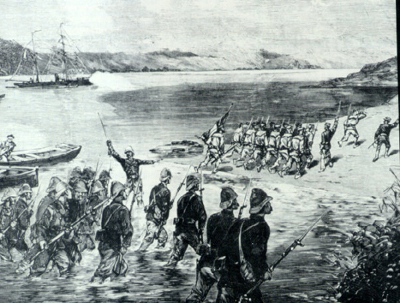
After Governor Le Dinh Ly was seriously wounded and then died, Tu Duc appointed Marshal Chu Phuc Minh to replace Le Dinh Ly as Governor of Military Affairs. After that, Tu Duc assigned Nguyen Tri Phuong, our number one military general, who was serving as Kinh Luoc Su of Nam Ky, to command the Da Nang front, replacing Chu Phuc Minh. As a talented military officer, Nguyen Tri Phuong correctly assessed the situation from the beginning and proposed a dynamic and appropriate strategy for defense and fighting the enemy. He advocated not attacking the enemy head-on to avoid the enemy's firepower, but to surround and block the enemy at the seashore, increase ambushes against the enemy, not allowing them to contact the people, implementing "empty gardens and empty houses", isolating and cutting off the supply lines, and providing food on the spot.
 Dien Hai Citadel after artillery bombardment on the morning of September 1, 1858. Photo courtesy
Dien Hai Citadel after artillery bombardment on the morning of September 1, 1858. Photo courtesy



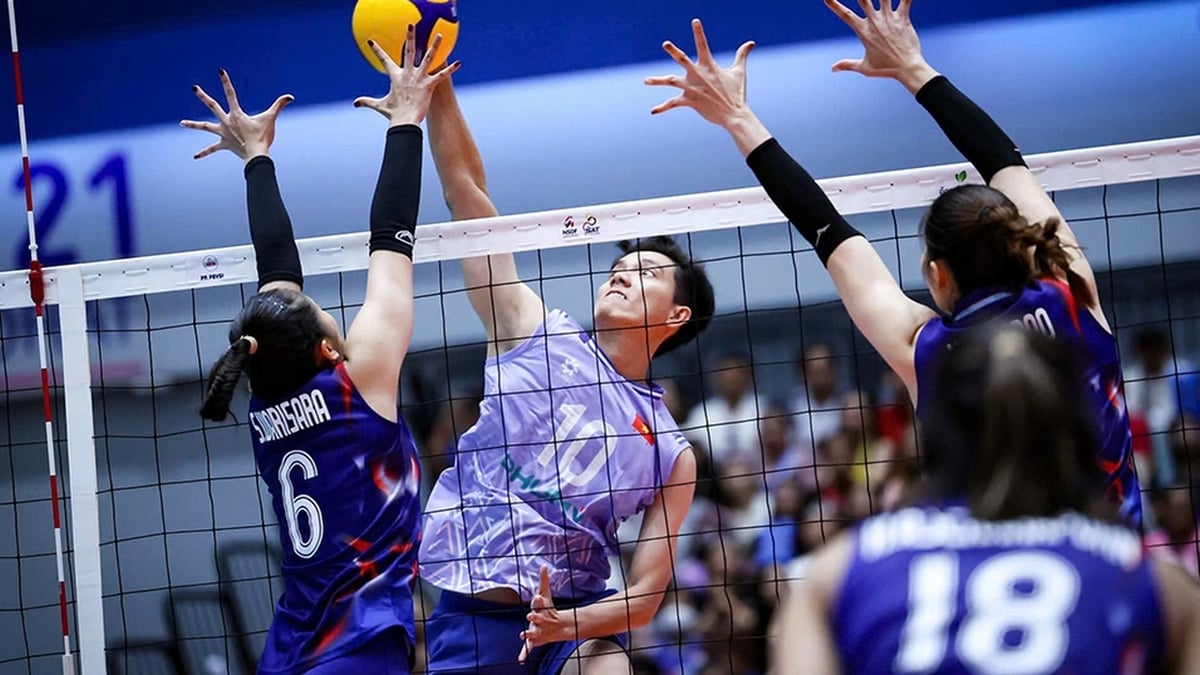
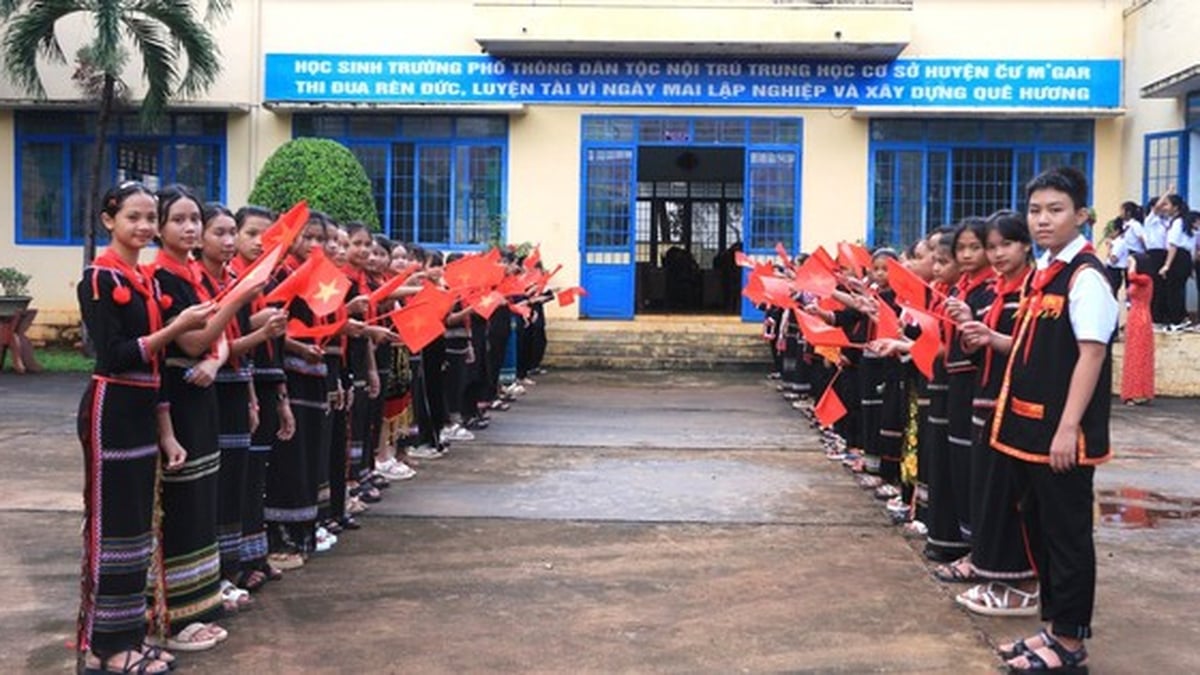

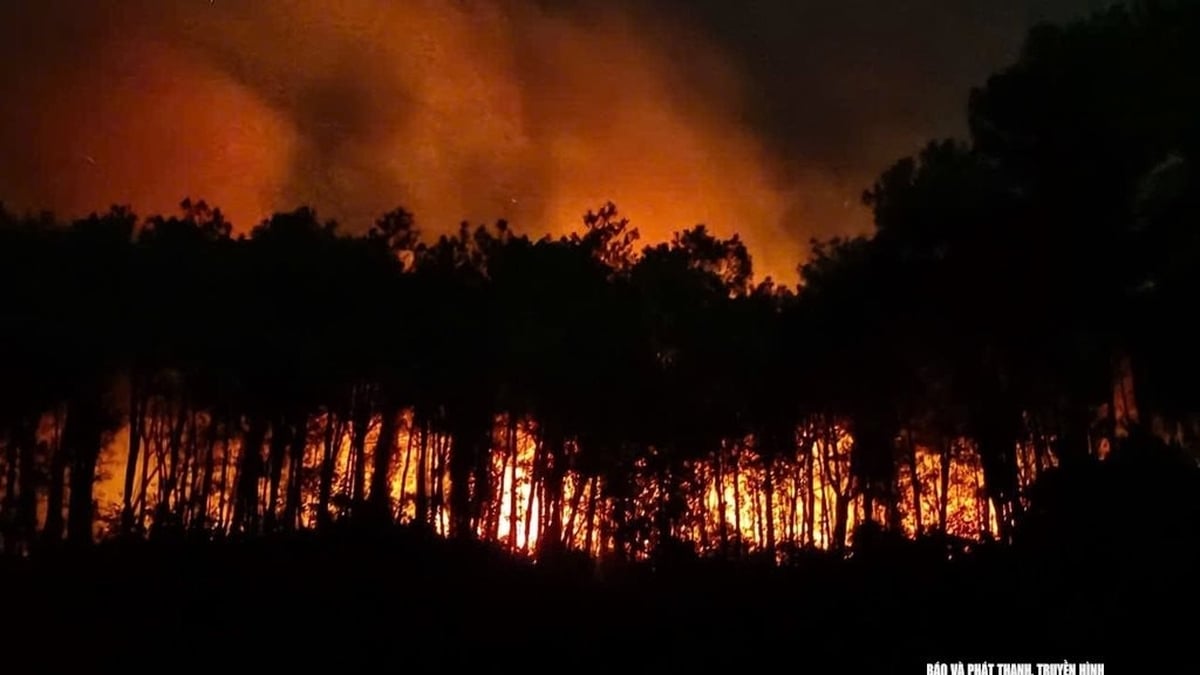

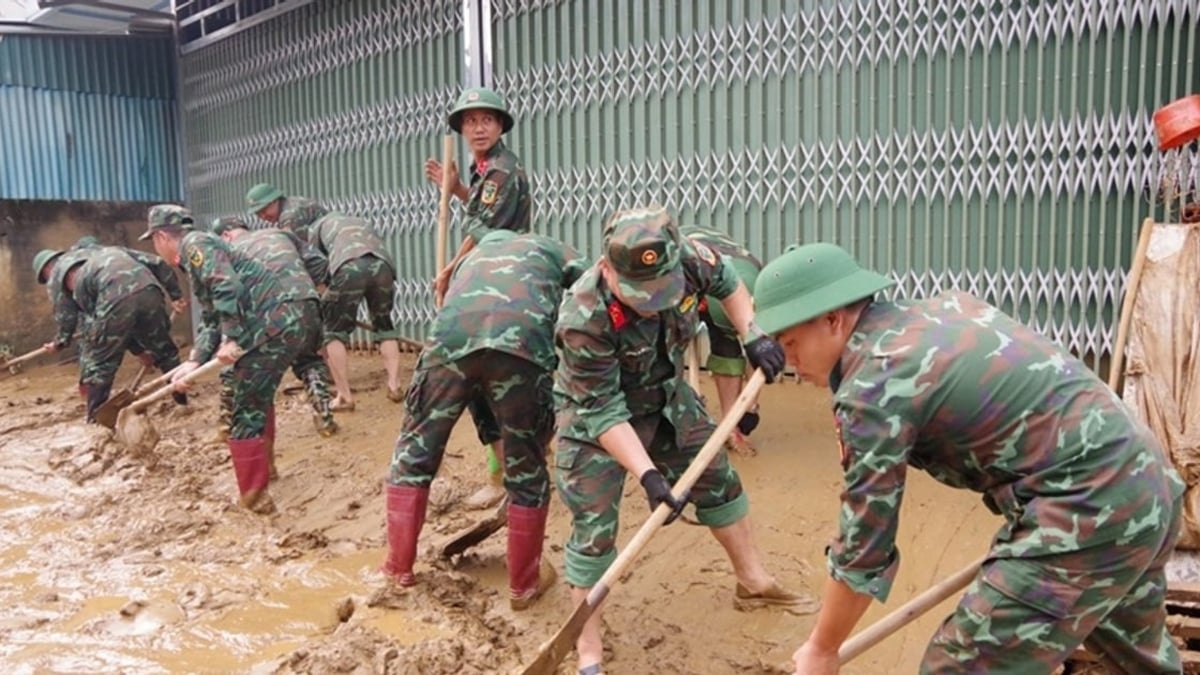





















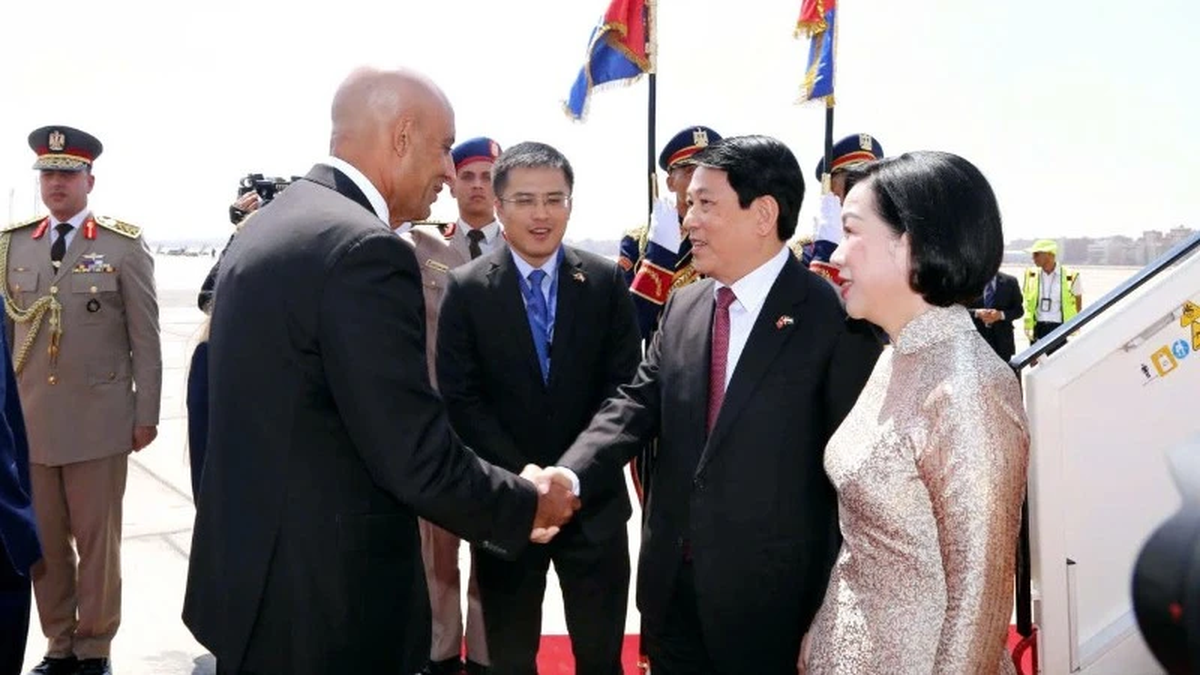



































































Comment (0)